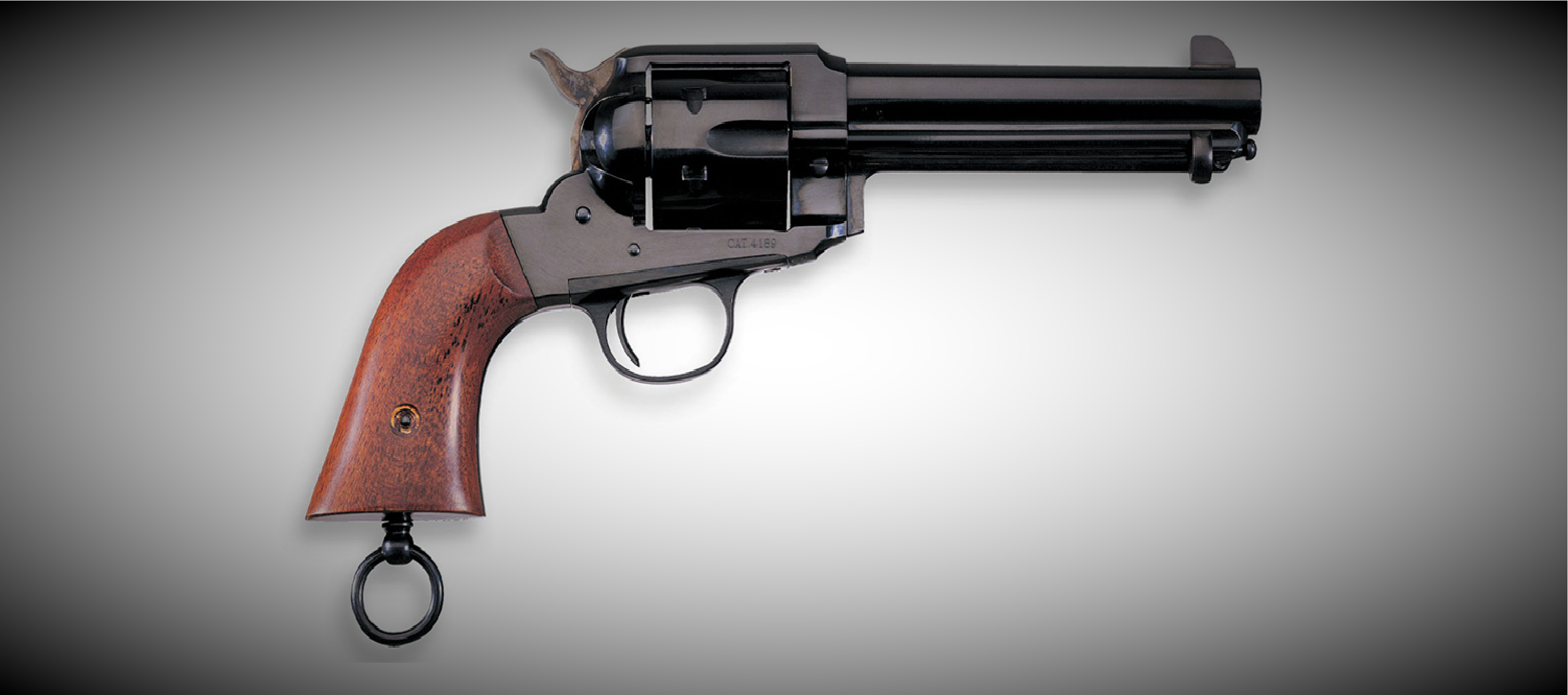
The Colt Single Action Army was the king of revolvers in the year of 1890. Remington; however, was not ready to concede to the popularity of the Colt SAA just yet. Thus, was born the Remington Model 1890 New Model Army revolver.
Prior to the 1890 Remington New Army revolver was, among others, the Remington-Beals Model 1858 revolver, both in its original percussion configuration and as a metallic cartridge conversion. Following the 1858 revolver was the Remington Model 1875 Single Action Army, a pure cartridge revolver chambered in .45 Colt, .44-40 Winchester, and .44 Remington that was manufactured from 1875 to 1889. In the latter year, the 1875 Remington underwent a major design change to become the Remington Model 1890 New Model Army revolver.
The Remington Model 1890 New Model Army revolver was manufactured from 1890 to 1896; wherein, it became the last single-action revolver manufactured by Remington under new ownership. Unit cost was $10.70 and only around 2,000 were produced. In its original form, it is one of the most sought-after of Remington handguns in original form. The Remington Model 1890 New Model Army revolver was primarily used by Indian tribal police and one tribal policeman, it is said, used a Remington Model 1890 New Model Army revolver to dispatch Sitting Bull (“…police officer, Red Tomahawk, shot Sitting Bull in the head, and he dropped to the ground.” – Source: https://en.wikipedia.org/wiki/Sitting_Bull#Death_and_burial).
The Uberti 1890 revolver is a faithful reproduction, but not an exact copy of the famous old Remington revolver, and is chambered for the more modern .45 Colt smokeless powder cartridge. So, while it looks and feels like an old-west “cowboy” gun, it has metallurgy common to more modern revolvers. The original 1890 Remington was chambered in .44-40 Winchester only, with the left grip on many marked “44” or “44W”. In a dealer catalog, the barrel is listed at 5 1⁄2 inches. While the barrel length of the Uberti reproduction is at the stated 5 ½ inches, the caliber is .45 Colt.
The Remington Model 1890 New Model Army revolver came about after the production of a few Model 1888 transition revolvers with 5 3⁄4-inch barrel, called the “New Model Pocket Army.” Gone was the under-barrel “sail” and loading lever that was found in the 1858 and 1875 Remington New Army revolvers. The under-barrel was streamlined, and a case ejection rod was added.
The Uberti reproduction of the Remington Model 1890 New Model Army revolver is an excellent example of this revolver in its short heyday.
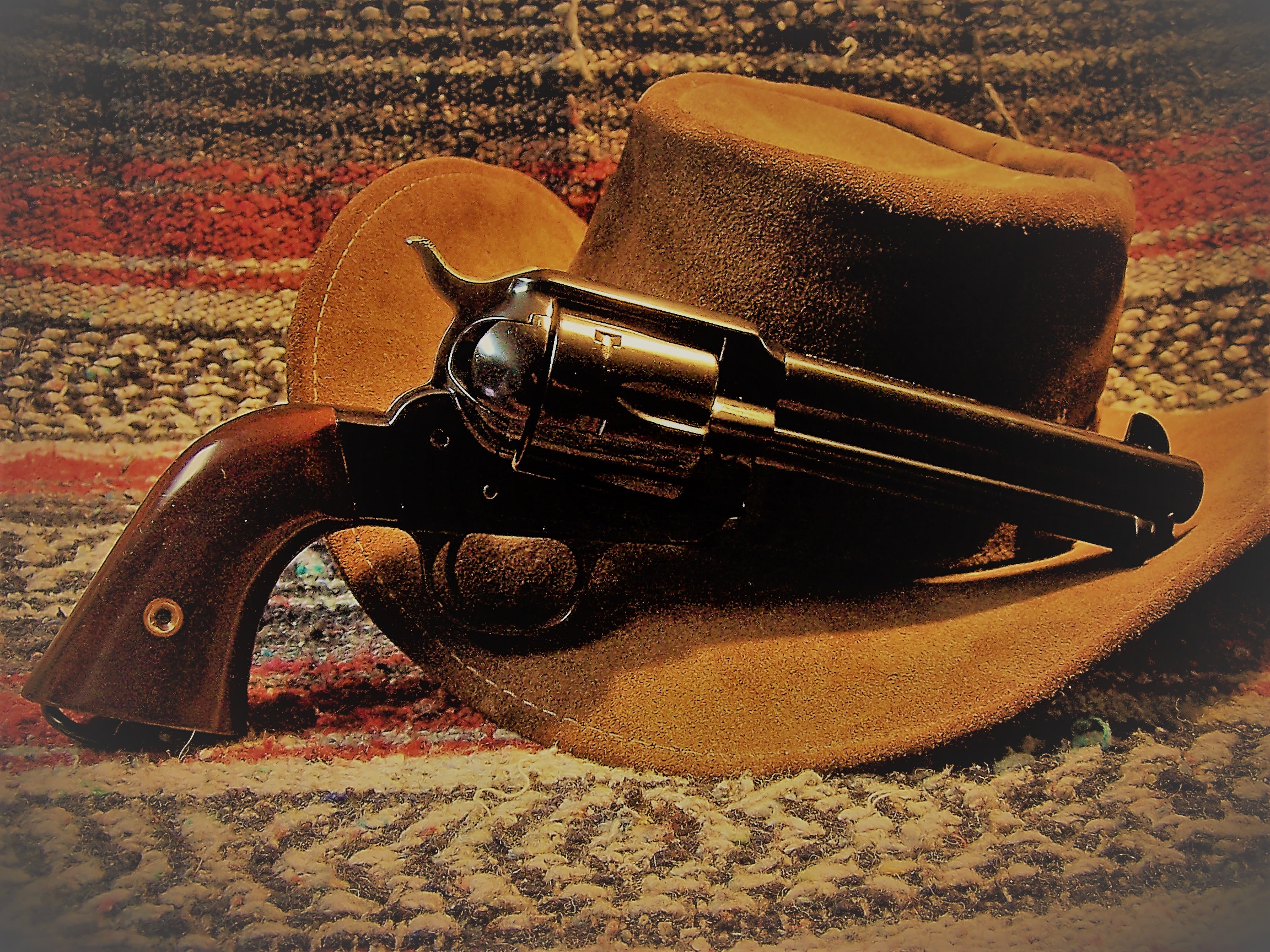
The Uberti 1890 Model 1890 New Model Army Revolver Basics
| Caliber: | .45LC |
| Length of Barrel: | 7½” |
| Overall Length: | 10.8″ |
| Weight: | 2.50 lbs. |
| Barrel: | Forged steel |
| Frame: | Casted steel |
| Twist: | Left |
| Cylinder: | Fluted |
| Grip: | Two-piece walnut |
| Cylinder: | 6 |
| Barrel Shape: | Round Tapered |
| Sight: | Fixed |

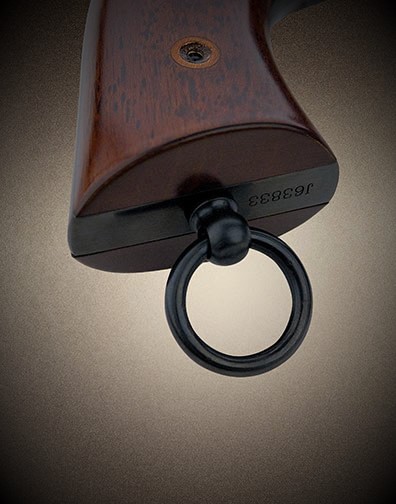
The bluing is impeccable on this all-steel revolver. The hammer is a contrasting color-case hardened unit with a high spur. The distinct grip panels are two-piece Walnut units, and a swiveling lanyard ring is mounted in the bottom of the grip frame.
The action is typical Remington where timing is excellent and lock up is well indicated. Typical of Remington revolvers, the frame is substantial, much more so than the Colt SAA. Out of the box, the action is exceptionally smooth.
Unlike Colt SAA revolvers with their four clicks (C-O-L-T), there are only two hammer positions with the Remington; half-cock and full-cock. But like Colt SAA revolvers, the hammer must be fully-cocked when the trigger is pulled to prevent damage to the revolver.
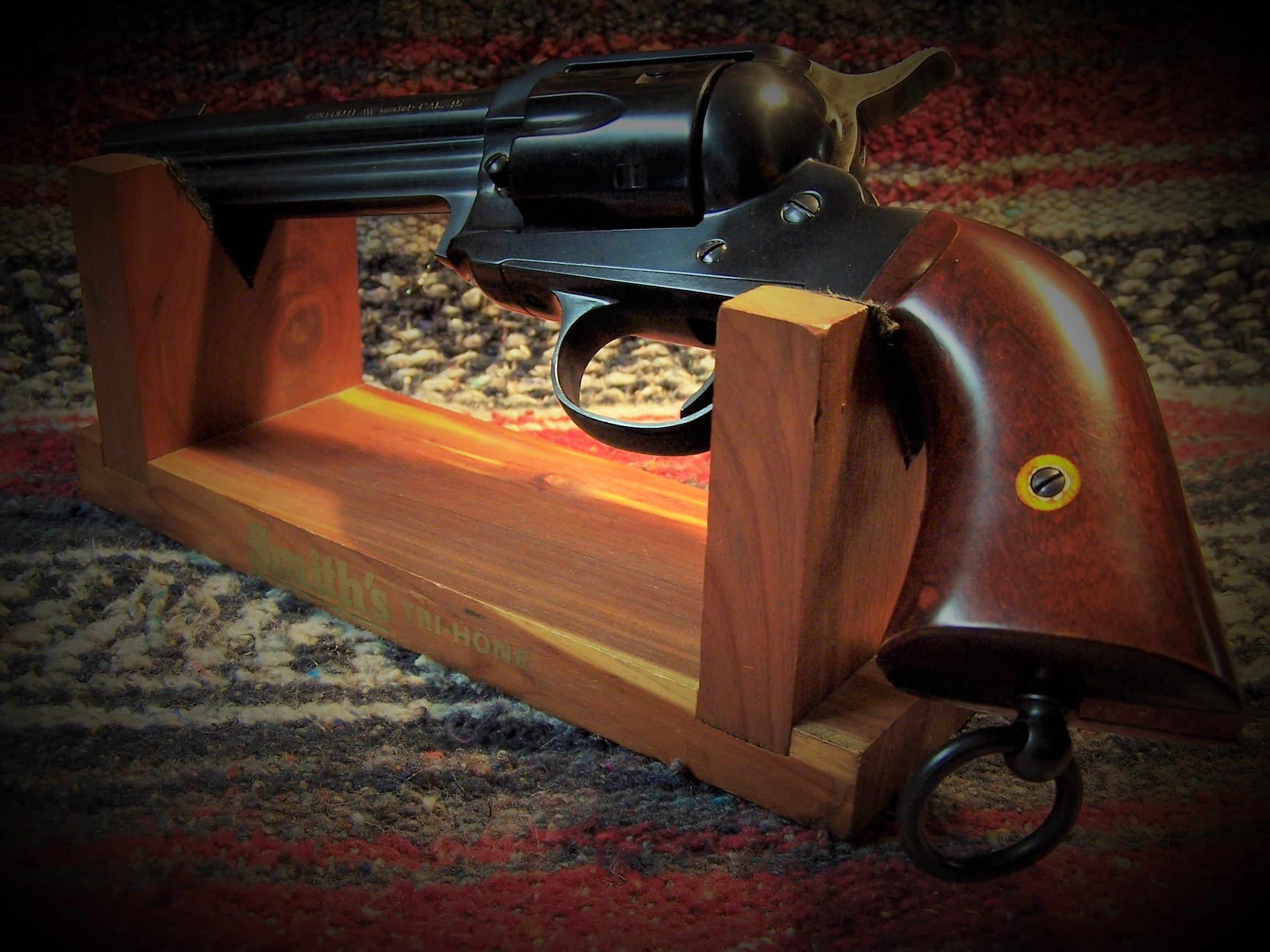
The 1890 Remington just feels good in the hand. Personally, I have always felt that the Remington was built better than the Colt revolvers. To draw a comparison, the Remington revolvers were the Ruger revolvers of the day; whereas, Colt revolvers, such as the 1873 Single Action Army, could be considered the Glock of the period with Smith & Wesson being, well, Smith & Wesson.
Disassembling the Remington 1890 for cleaning is a simple affair. Obviously, the first step is to ensure that the revolver is unloaded. To do this, move the hammer rearward to the half cock (loading) position and open the loading gate. Then, slowly rotate the cylinder one complete revolution, take care to ensure each of the six chambers is empty. Then, and only then, should you begin cleaning your revolver.
REMOVING THE CYLINDER: To remove the cylinder, follow these steps:
- Open the loading gate.
- Move the hammer rearward to the half cock (loading) position.
- Depending on your model, either loosen the cylinder base pin screw or depress the spring-loaded base pin screw, so that the cylinder base pin can be removed from the frame by pulling it out in the direction of the muzzle.
- Slide the cylinder base pin all the way out until it is free of the frame.
- Remove the cylinder toward the loading gate side of the revolver.
NOTE: The cylinder in the revolver is hand-fitted to its frame with precision, so there likely will be a close fit. While the cylinder can be removed and reinstalled easily, care must always be taken to avoid damage. DO NOT force the cylinder into the frame from any direction. Have patience, as it may take several tries before the cylinder is properly in place.
INSTALLING THE CYLINDER: To install the cylinder, follow these steps:
To reinstall the cylinder, simply reverse the steps used during removal. When you reassemble the cylinder base pin, make sure the base pin catch snaps back into place. You can test to see if it is in the correct position by checking for free movement of the plunger – it should move free when depressed and return under its own spring pressure.
Check for proper operation. Never force the cylinder using the hammer should the cylinder bind.
Range Time
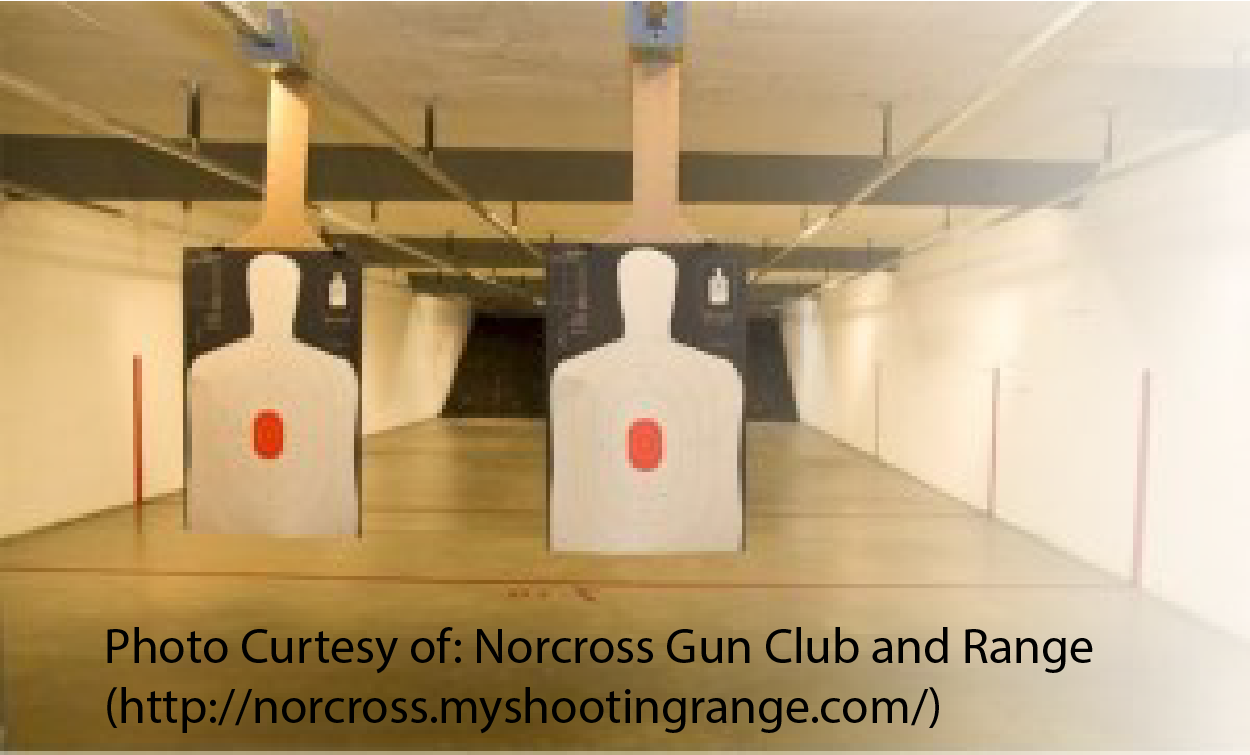
One thing about these reproduction of old single-action revolvers, I thoroughly enjoy the range time spent with them.
The physical act of “load one – skip one – load four – close the door” always helps me take my thoughts to a halcyon place between what was yesterday and what is today.
The maximum range firing range for the original was 50 meters (54.7 yards).
With .45 Long Colt 250 grain Round Nose Flat Point (725 fps) fodder from Georgia Arms, the Remington 1890 Single Action Revolver is checked for function and relative accuracy. A standard silhouette is placed at “combat Distance” and slow-fire, one-hand “duelist” shots are taken with an eye on the bulls-eye.
The full grip fits the hand very well and the revolver is well-balanced in the hand. The hammer is well within thumb’s reach and the hammer should be cocked with robustness. This was to ensure that the full-cock notch was fully engaged.
The trigger pull-weight of these reproduction revolvers make grown men cry for the same trigger on their 1911 pistols (and that includes me). After a crisp break from 3.5-pound trigger pull the hammer falls, the recoil is felt in the hand, the rise of the muzzle places the hammer spur where the thumb can easily reach it, and if the shooting gods agree, a hole appears in the target where you want it. Sometime a hole does not appear in the target where you want it and you get to settle in and experiment with what is needed to rectify that. Now, if you were back in the “Old West” that may be cause for concern, as you would be cleaning this revolver and then carrying it right afterward. That does put a little pressure on you to make the revolver perform as it should. For me, it just means another day at the range since my 1911 will be on my hip to take care of problem-related situations with an idle, self-indulgent, worthless, good-for-nothing, pole-cat of a person who is bent on my destruction.
Most of these reproduction of “Old West” revolvers shoot high. As with the originals, they are actually regulated for a fifty yard zero. Sometimes, it took some reduction in front sight height and sometimes not. Sometimes, it took a little bit of persuasion to move the front side left or right depending on the impact of the bullet. In most cases, the revolver was simply pointed, and the trigger pulled. Every man worth his salt knew exactly where his revolver would shoot.
Yes, Martha, there is a healthy felt recoil even with low-velocity ‘Cowboy’ ammunition and there is a healthy flip of the muzzle under recoil. With a good, firm grip; however, muzzle flip can be controlled. However, these revolvers were meant to roll in the hand, bringing the hammer within cocking distance of the thumb for fast cocking and return to target.
Remember that the original cartridge for the revolver was the .44-40 Winchester. The initial standard load for the cartridge was 40 grains (2.6 g) of black powder propelling a 200-grain (13 g) round nose flat point bullet at approximately 1,245 ft/s (379 m/s). I was firing .45 Long Colt 250 grain Round Nose Flat Point (725 fps) fodder from Georgia Arms, the Remington 1890 Single Action Revolver is very docile with this loading and very pleasurable to shoot.
Below is the result of the first ten shots fired for accuracy and function, offhand, strong hand only at 7-yards.

Now, looking at the above image you will only count 7 holes. That is not a mistake and, no, I did not miss the target. Three rounds went into the two holes in the X. Point of aim was the bottom of the orange ring. And, yes, I surprised myself with the results. While the front sight is very thin and hard to pick up with my old eyes, the point-n-shoot characteristics of the Remington Model 1890 New Model Army revolver is outstanding, in my opinion. I have no complaints, considering that the revolver was new and shot ‘factory-oiled.’
Western Wear
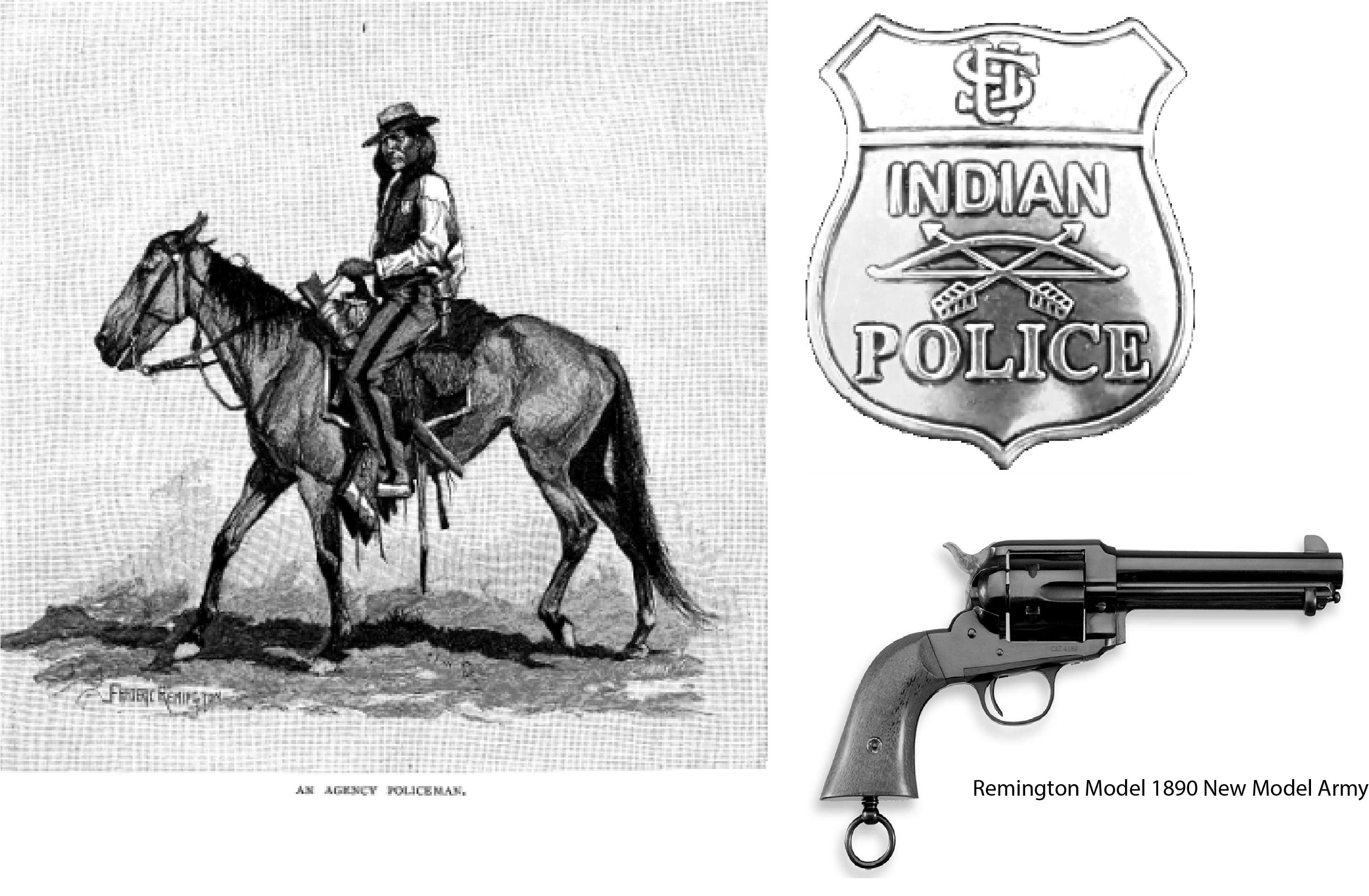
Obviously, many good and bad folks wore the 1890 Remington, but since the revolver was mainly used by Tribal Police, an open-top, right side, butt forward, with sewn in toe plug might be the holster to carry it. This holster, worn cross-draw or not, was probably one of the primary carry methods. If you are into Western holsters for an 1890 Remington revolver, America’s Gun Store LLC out of Barnsville Ohio is a good place to shop. If you are looking for a ‘period correct’ holster, you might want to check out the 1890 “Original” Holster from El Paso Saddlery Company.

U.S. Calvary holster for the Remington 1890

El Paso Saddlery Original 1890 Holsters
Summarizing
The Remington Model 1890 New Model Army revolver is one of the last needed for my person collection of single action revolvers of historical significance, with the last one being a Smith & Wesson Model 3 (Schofield).
Of the Remington revolvers, I have the 1858 percussion in .44 caliber, the 1858 conversion revolver in .45 Colt, and the 1875 New Army revolver in .45 Colt. All are excellent shooters and just feel really good in the hand. Whenever I handle and shoot one of these pieces, there is a wistful or excessively sentimental yearning for return to some past, irrecoverable period, but at the same time modern conveniences make me thankful for living in the present. (Author’s Note: It is pretty hard to reminisce about the future.)
Of course, Remington did not end its firearm business when the 1890 was discontinued after only 2,000 were made. Founded in 1816 by Eliphalet Remington in Ilion, New York, as E. Remington and Sons, Remington is America’s oldest gun maker and is claimed to be America’s oldest factory that still makes its original product. Remington is the largest U.S. producer of shotguns and rifles and the company has developed or adopted more cartridges than any other gun maker or ammunition manufacturer in the world.
If you are interested in collecting replicas of early single-action revolvers, a Remington by Uberti should be on your list. These firearms impart the spirit of those early days when the United States was winning the West and the Remington revolvers played a part in that endeavor. However, while much can be said of 1858 and 1875 Remington revolvers, there is not much to be said of the 1890 Single Action Revolver because of its oblique position in history, and that is what makes it interesting, at least to me.
The Remington Model 1890 New Model Army revolver is one of the last of a bucket list of reproduction pre-Civil War, Civil War, and post-Civil War handguns for my collection. The rarest of the search is the Paterson Colt, but the search continues, as the Paterson Colt remains the most elusive of them all.

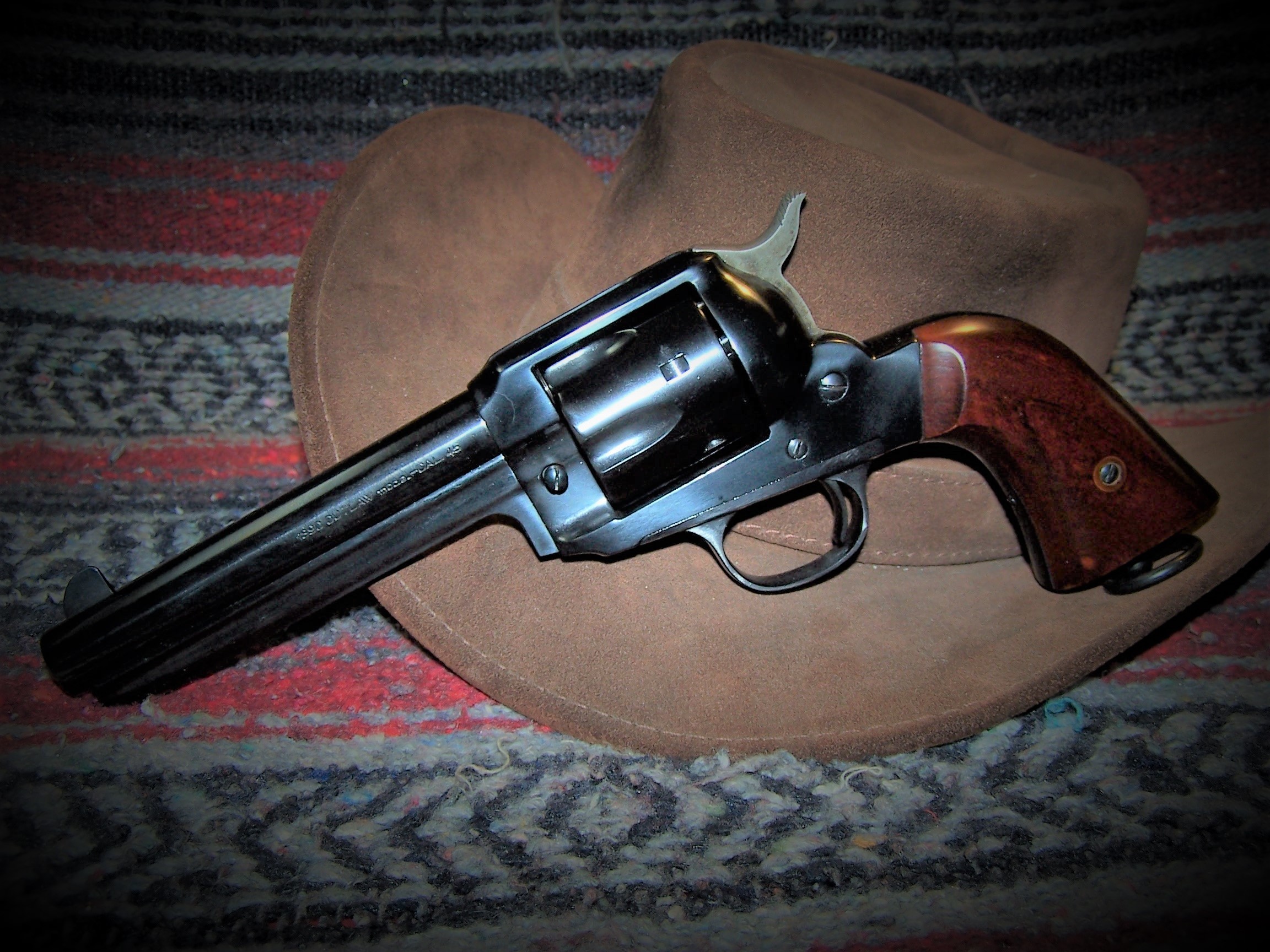
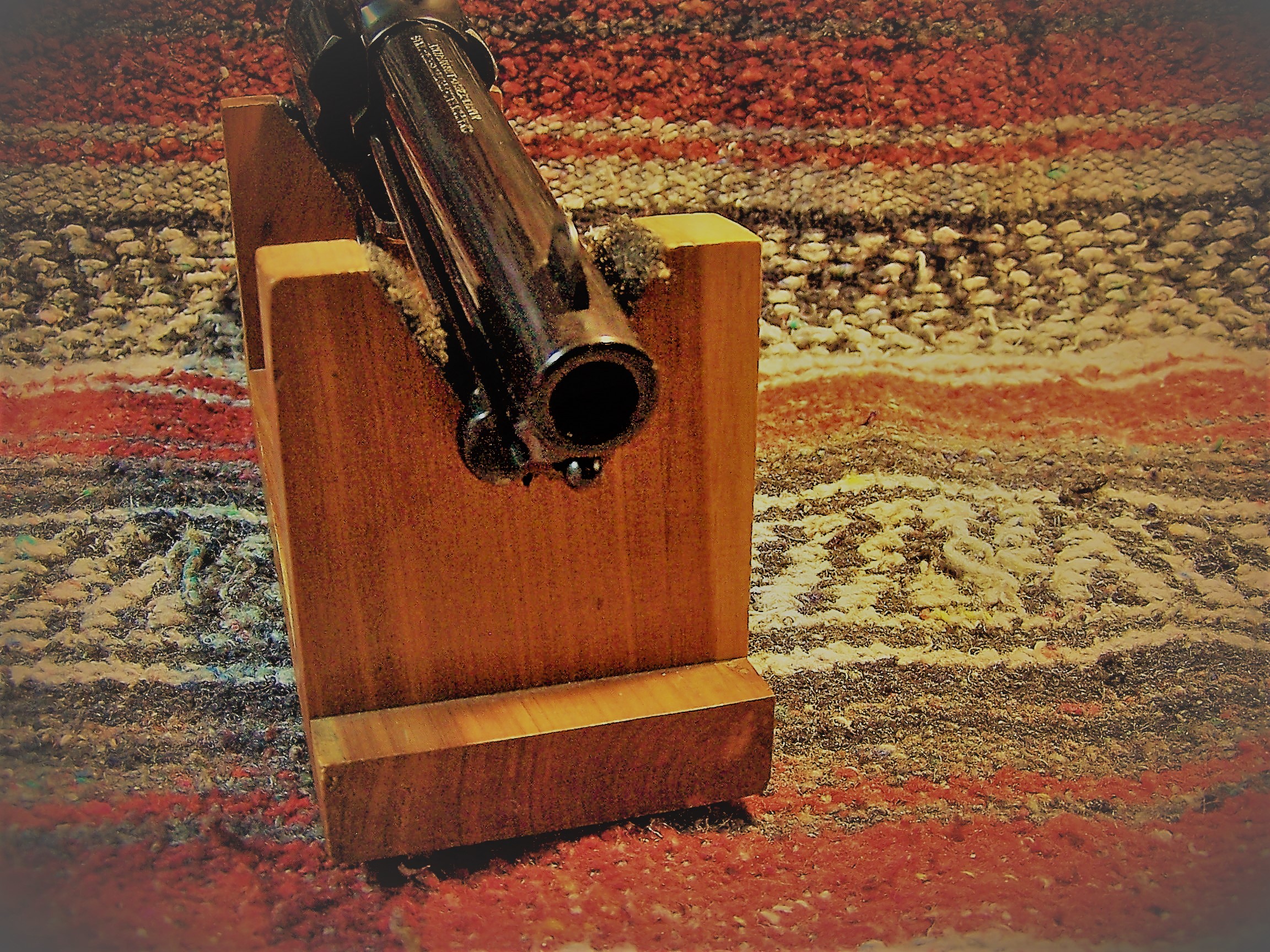
Resources
Uberti 1890 ARMY POLICE: https://www.ubertireplicas.com/product/1890-army-police/
![]()


One Response to UBERTI 1890 REMINGTON REVOLVER REPRODUCTION